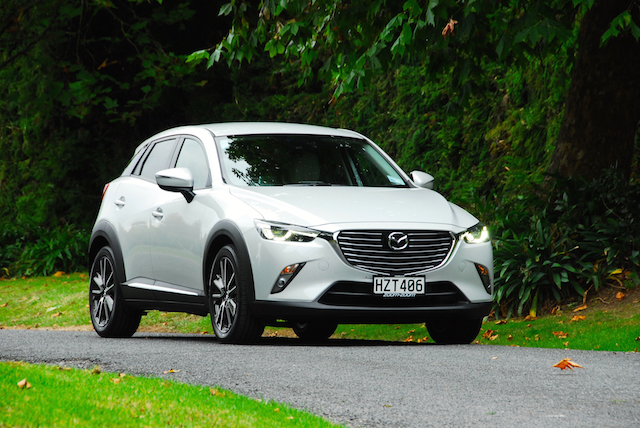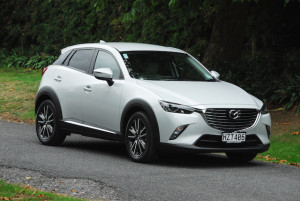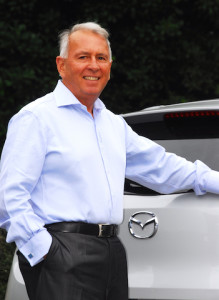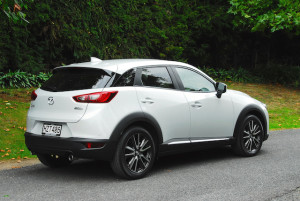
I knew the Aussie sheila on the sat-nav would get me into trouble when she said: “Take the first exit on the roundabout to Gor-don-ton road.” What? Then it dawned: She means Gordonton Road. As in Gordon-ton in the Waikato. Dear Lord, what next? She didn’t disappoint. Her words thereafter remained firmly wrapped around the first syllables of every placename. She had become Dr Frankengrammer herself, her instructions bolted together to mangle our monikers. Morrinsville became More-rins-ville. Not that it was on the route from Auckland to Taupo, just that we crossed over Highway 26 that goes through More-rins-ville while on the way to Lake Car-rap-e-o (Karapiro). Post lunch, we steered the new CX-3 SUV (top) through the South Waikato back roads. We crossed the dam at Are-wop-a-knee (Awapuni), on to Manga-ka-know (Mangakino) and exited somewhere near Wah-ira-key (Wairakei). 


active AWD system instantly directed power to the wheels with most traction and helped swing the CX-3 back on the tarmac. Things might have ended differently in a front-driver. But that experience was an ugly exception. Both the petrol and diesel engines work seamlessly with the six-speed ‘box. The 2.0-litre lacks the torque of the diesel and is busier through the gears pushing on. Keep the 1.5-litre oiler sitting in its flexible spread of torque and it’s comparatively stressless. Forget the modest 77kW – 270Nm does the business. Mazda is aiming for 9000 new vehicle sales in NZ this year, 1100 or 1200 of which it expects will be CX-3s. That overall target would mean a 42 per cent hike in sales in four years. Says Clearwater: “Local growth has been helped by being able to ‘fish where the fish are’, with strong volume opportunities in the light, small, medium SUV and ute segments. We are therefore confident that CX-3 can emulate the success of its bigger brother CX-5 and dominate the small SUV segment.”
